2.5 mm Two Ends Open Flow Cells, QGF208
The 2.5mm pathlength flow cells, featuring both ends open and 2 windows, are designed to be used without a bottom cuvette. Such high-quality equipment is necessary for accurate and reliable measurement in various applications such as spectroscopy and microscopy.
$139.00
QGF208 2.5 mm Two Ends Open Flow Cells: the perfect solution for your analytical needs. These flow cells are designed with precision and durability in mind, providing accurate and reliable results for a variety of applications. Let’s explore the options and specifications in detail:
Options:
- 2.5mm-Flow-Cell: This option refers to the specific configuration of the flow cell with a 2.5 mm path length.
Specifications:
- Pathlength: The QGF208 flow cells feature a 2.5 mm pathlength, allowing for optimal light transmission and accurate measurements.
- Size: With dimensions of 40.5 x 40.5 x 11.5 mm, these flow cells offer a compact and space-saving design.
- Wavelength Range: The material used in these flow cells, quartz, provides a broad spectral range of 200 – 2,500 nm, ensuring compatibility with a wide range of analytical techniques.
- Material: The flow cells are constructed from high-quality quartz, renowned for its excellent optical properties, chemical resistance, and durability.
- Fabrication Type: The QGF208 flow cells are molded with precision to ensure consistent performance and reliability.
- Number of Windows: Each flow cell features two polished windows, allowing for accurate and precise sample measurements.
- Features: The QGF208 flow cells offer the following features:
- Resistance to Organic and Corrosive Chemicals: The flow cells are designed to withstand exposure to a wide range of organic and corrosive substances, ensuring their longevity and reliability in demanding laboratory environments.
Customization Options: At Aireka Scientific, we understand that every research or analytical project is unique. That’s why we offer customization options to tailor the specifications of our flow cells according to your specific requirements. Whether you need a different pathlength, window size, or any other parameter, we can work closely with you to create a customized solution that meets your exact needs.
In conclusion, the QGF208 2.5 mm Two Ends Open Flow Cells combine precision, durability, and versatility to deliver exceptional performance in various analytical applications. With their high-quality quartz construction, resistance to organic and corrosive chemicals, and customizable options, these flow cells are the ideal choice for scientists and researchers seeking reliable and accurate results. Upgrade your analytical setup with the QGF208 flow cells and experience enhanced performance and efficiency in your laboratory.
What’s the use of flow cells?
Flow cells have a wide range of applications in scientific and laboratory settings due to their unique design and functionality. Here are some key uses of flow cells:
- Spectrophotometry: Flow cells are commonly employed in spectrophotometry, where they enable the measurement of absorbance or transmittance of light through a sample. By passing the sample through the flow cell, researchers can obtain valuable information about the composition, concentration, and properties of the sample.
- Chemical Analysis: Flow cells are instrumental in various chemical analysis techniques, such as liquid chromatography and flow injection analysis. These techniques involve the continuous flow of a sample through the flow cell, allowing for real-time monitoring and detection of analytes.
- Biological Research: Flow cells find extensive use in biological research, particularly in applications such as cell counting, cell culture monitoring, and enzyme kinetics. The controlled flow of biological samples through the flow cell enables researchers to study cellular processes, perform viability assessments, and analyze enzymatic reactions.
- Flow Cytometry: Flow cells are integral components of flow cytometers, powerful instruments used for cell analysis and sorting. In flow cytometry, cells suspended in a fluid are passed through the flow cell one at a time, allowing for the characterization and sorting of cells based on their physical and biochemical properties.
- Microfluidics: Flow cells play a crucial role in microfluidic systems, which manipulate small volumes of fluids for various applications. Microfluidic flow cells enable precise control of fluid flow, mixing, and reactions, making them valuable tools in fields such as drug discovery, genomics, and diagnostics.
- Environmental Monitoring: Flow cells are utilized in environmental monitoring systems to analyze water quality, detect pollutants, and assess the health of ecosystems. By continuously flowing water samples through flow cells, researchers can monitor parameters such as dissolved oxygen, nutrient levels, and pollutant concentrations.
The use of flow cells offers several advantages, including:
- Real-time Monitoring: Flow cells facilitate continuous and real-time monitoring of samples, enabling researchers to capture dynamic changes and obtain immediate results.
- Sample Conservation: Flow cells require only small sample volumes, making them suitable for applications where sample conservation is crucial, such as precious or limited sample scenarios.
- Repeatability and Precision: Flow cells provide consistent and repeatable measurements, ensuring reliable and accurate data acquisition.
- Flexibility and Customization: Flow cells come in various sizes, pathlengths, and designs, allowing for customization to suit specific experimental requirements.
In summary, flow cells are versatile tools that enable the controlled flow of samples, facilitating a wide range of scientific analyses, measurements, and experiments. Their applications span across disciplines such as chemistry, biology, biotechnology, environmental science, and more, making them indispensable in research and laboratory settings.
| 0 | 1 | 2 | 3 | ||
|---|---|---|---|---|---|
| *Molded | *Fused | *Bonded / Glued | |||
| UV vis ( 190- 2500 nm) | Yes | Yes | Yes | ||
| Transmission Matched | Yes | Yes | Yes | ||
| Transmission > 80% | Yes | Yes | Yes | ||
| Resistant to Acids and Bases (except hydrofluoric acid) | Yes | Yes | No | ||
| Resistant to Organic Solvents | Yes | Yes | No | ||
| Usable upto 500°C (932°F) | Yes | Yes | No | ||
| Usable upto 1200°C (2192°F) | Yes | No | No | ||
| 0 Variations Reading | On Request | No | No | ||
| Fabrication | Molded | Assembled with Quartz Powder | Assembled with Glue | ||
| Adhesives | No | No | Yes | ||
| Storage | Short Term Storage | Clean After Use | Clean After Use | ||
| Available Material | ES Quartz Material | ||||
| Note | Molded and fused cuvettes and cells are assembled by direct fusion without the use of adhesives throughout the production process. This guarantees resistance against corrosive chemicals and high temperature. Each quartz cuvette and cell has excellent transmission from 190nm to 2500nm. | ||||
To the best of our knowledge, the information provided here is accurate. However, Aireka Scientific assumes no liability for the accuracy of this page. The values provided are typical at the time of manufacture and may vary over time and from batch to batch. All products are for laboratory and research and development use only, and may not be used for any other purpose including health care, pharmaceuticals, cosmetics, food, or commercial applications.
| Weight | 80 g |
|---|---|
| Options | 2.5mm-Flow-Cell |
| QGF208 | 2.5mm-Flow-Cell | 2.5 mm Pathlength Flow Cell, Both Ends Open. Molded, High Quality, Resistant to Organic and Corrosive Chemicals. H x W x D: 40.5 x 40.5 x 11.5 mm, Pathlength: 2.5 mm, 2 Polished Windows, Material: Quartz, 200 – 2,500 nm Spectral Range |
Based on 0 reviews
Only logged in customers who have purchased this product may leave a review.




























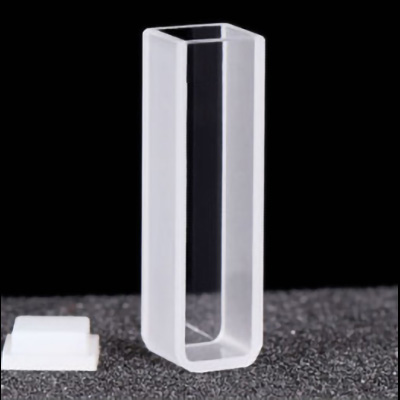

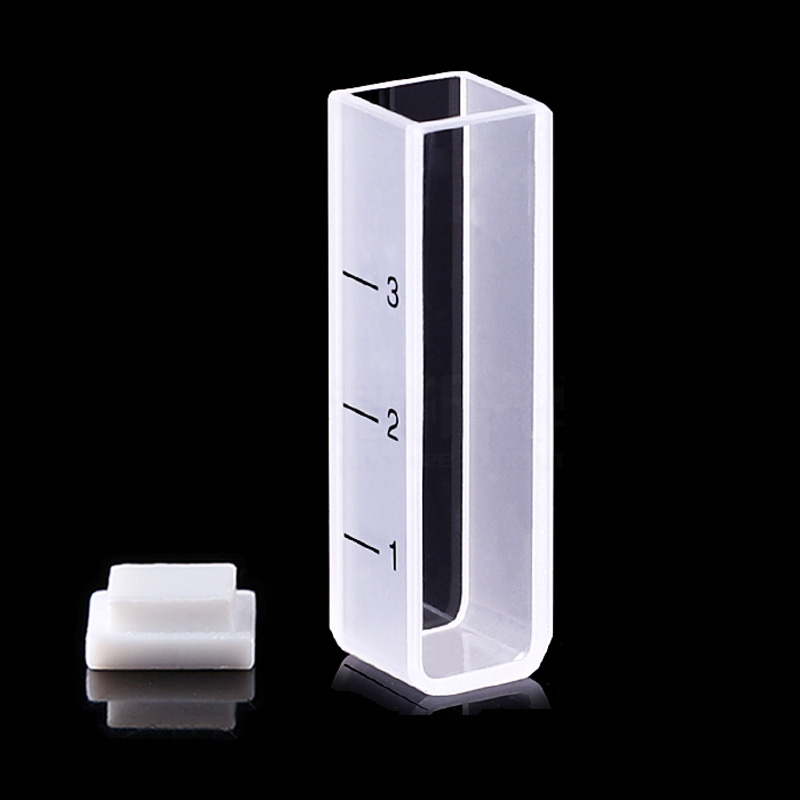


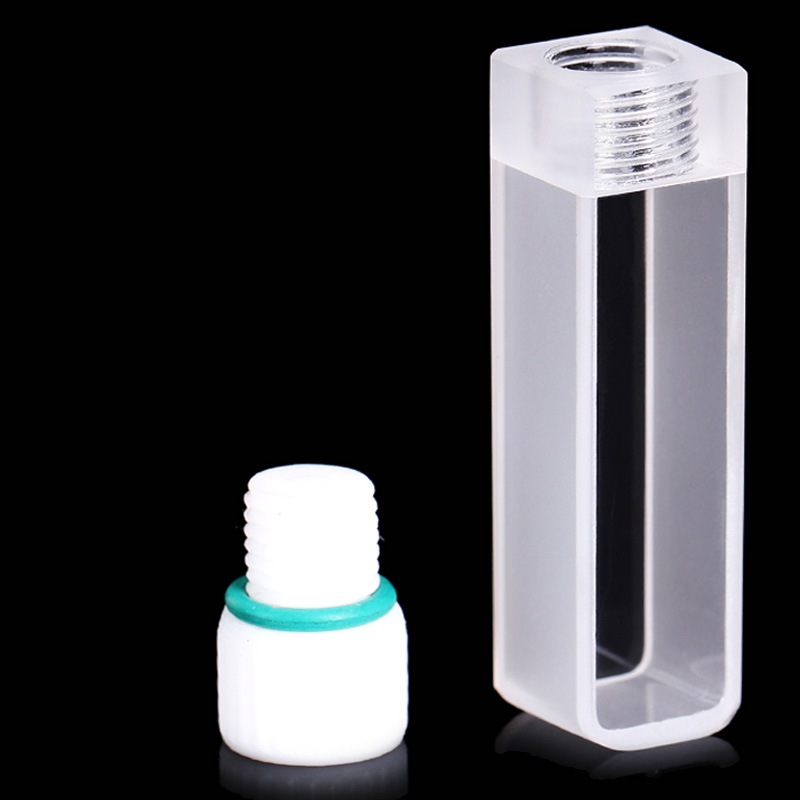



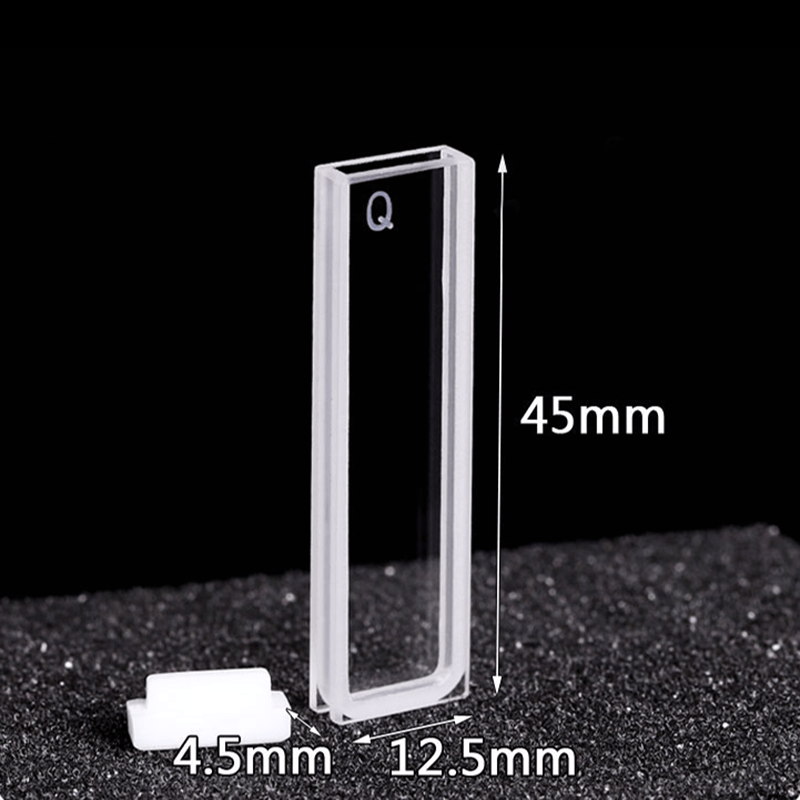
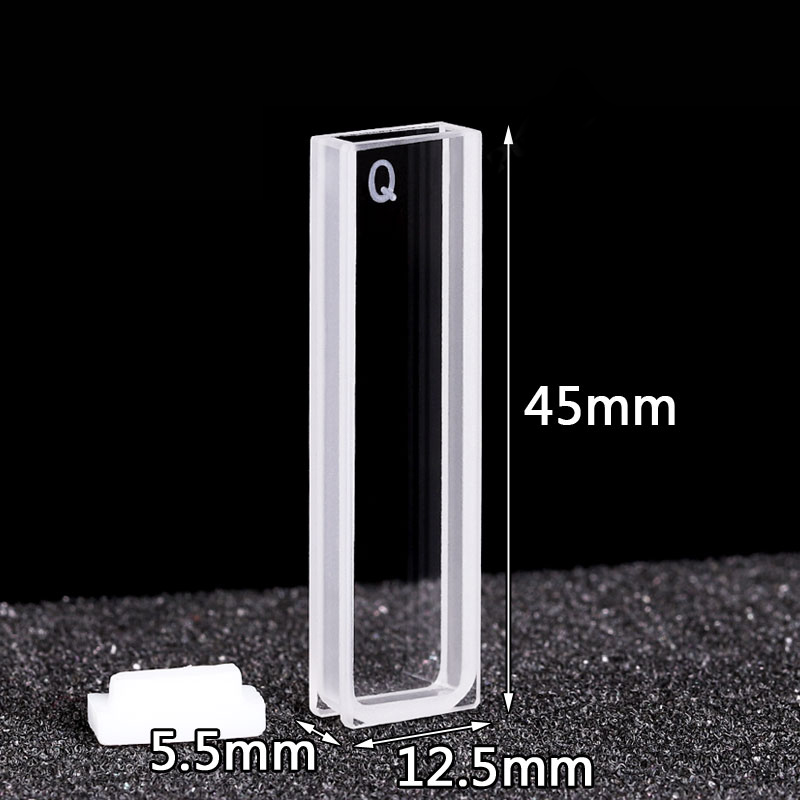


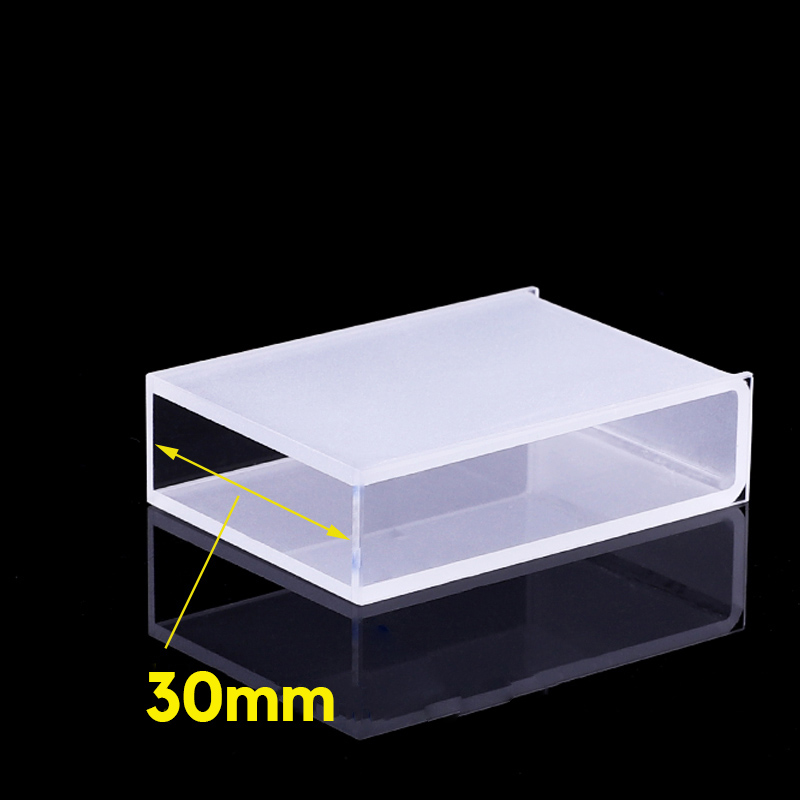

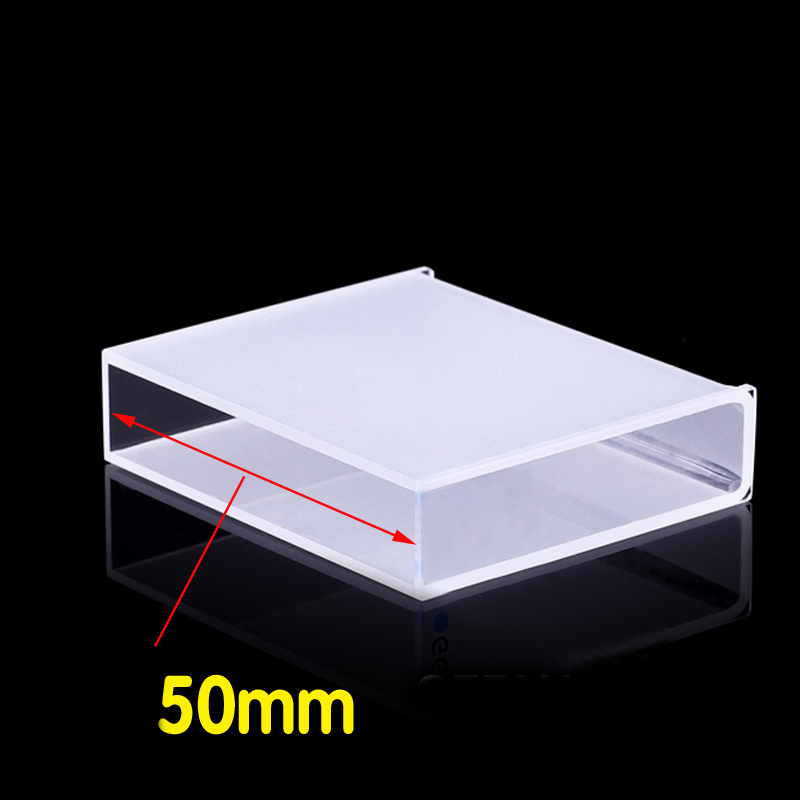


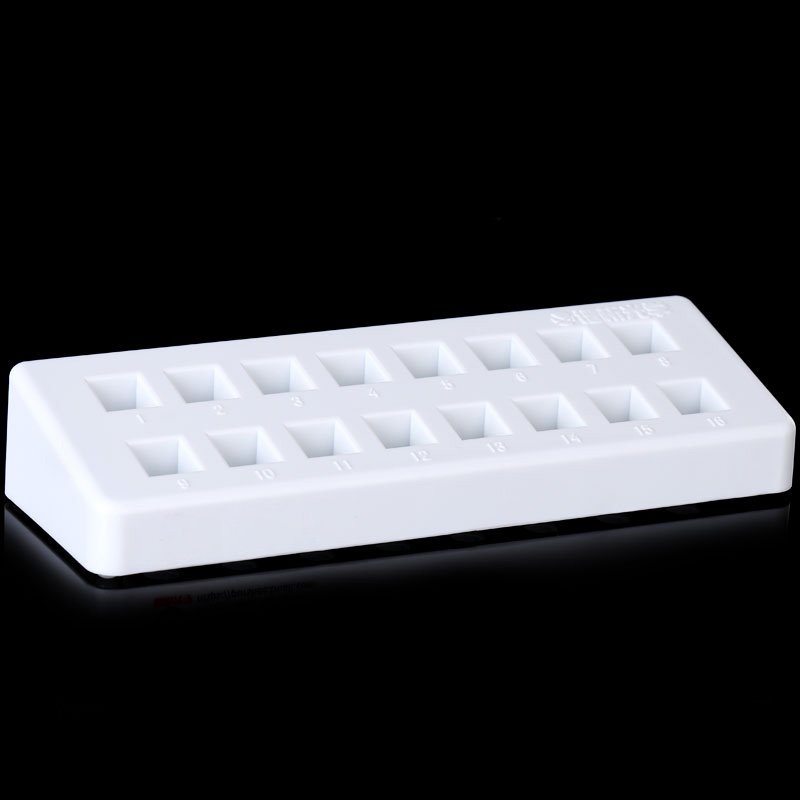
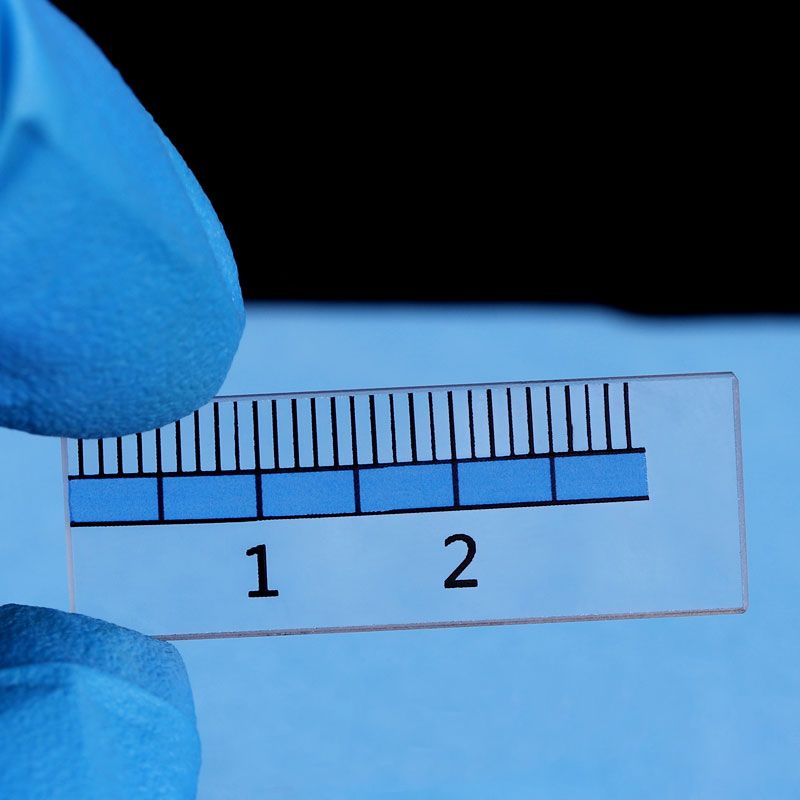
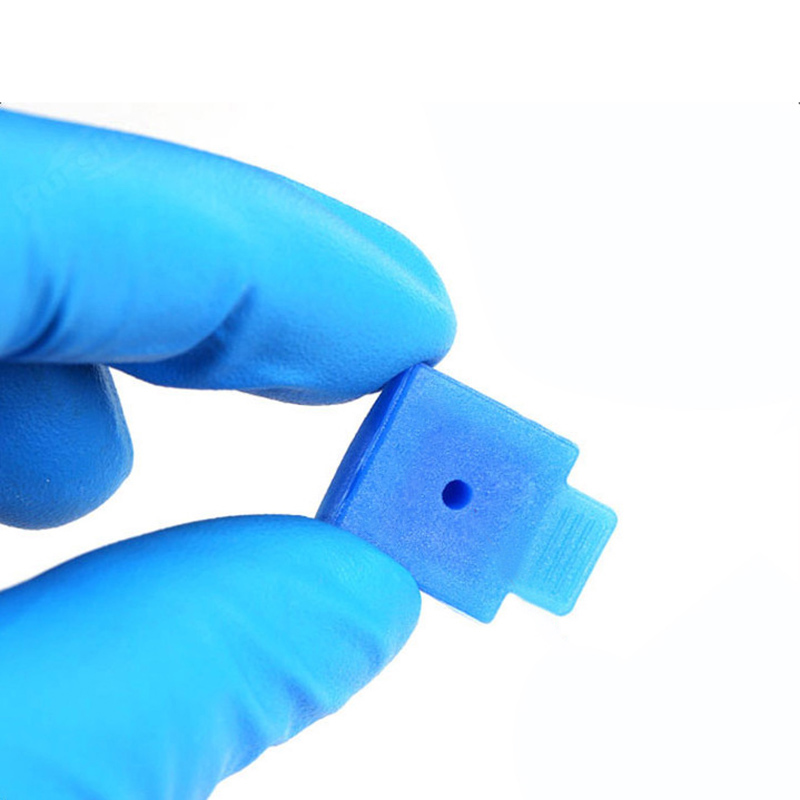




There are no reviews yet.